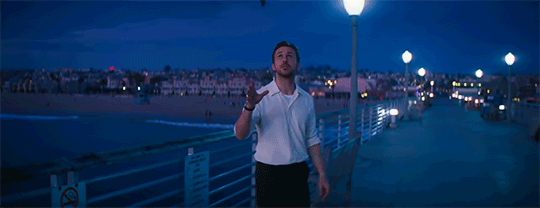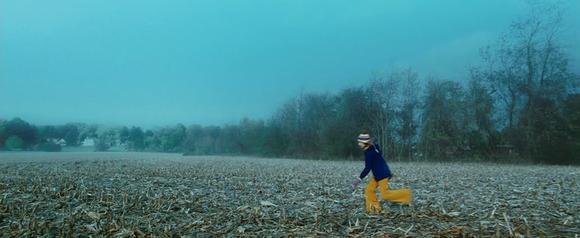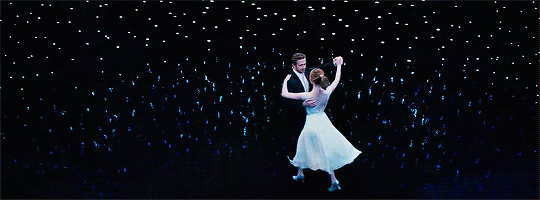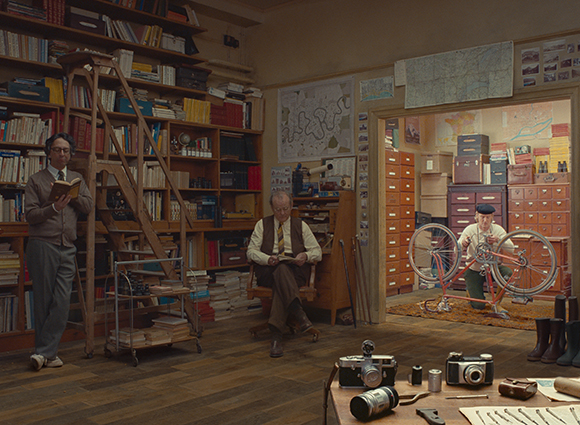Role 1:
Cinematographers are in charge of the camera as they film each scene, making sure the lighting isn’t too bright/dark, everything is in focus when necessary and that everything is in frame when it needs to be. They use a variety of camera angles and movements in order to make the directors vision become a reality. A cinematographer that I’ll be taking inspiration from is Linus Sandgren who worked on ‘La La Land’ with director Damien Chazelle. He mostly used naturalistic lighting with a boosted colour palette in order to keep the film looking as real as possible, however, in order to manipulate how each scene feels he used some artificial lighting, using contrasting colours in order to enhance what was happening on screen whilst still keeping the scene somewhat dark, allowing the lights to enhance the scene rather than take over.










